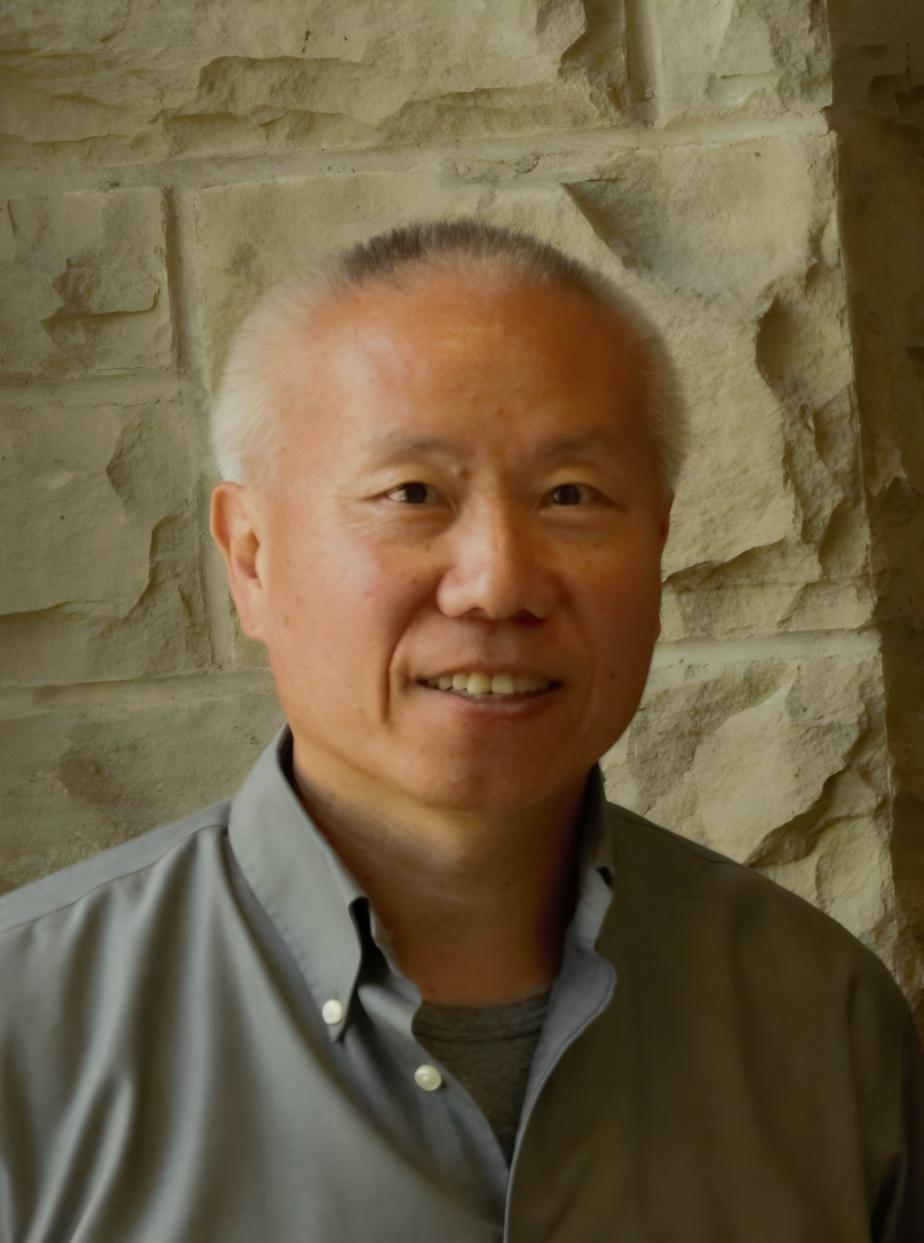Abstract:Most early studies on gap junction (GJ) channel function and docking compatibility focused on rodent connexins. However, recent research has increasingly shifted toward human connexins, largely due to the discovery that mutations in about half human connexin genes are associated with inherited diseases. These studies have revealed notable differences between human and rodent connexins, highlighting the need for a comprehensive characterization of human GJ channels. Functional investigations have demonstrated that the docking and formation of functional GJ channels occur only between docking-compatible connexins, though the precise mechanisms remain unclear. In this talk, I will present our recent findings on gap junction docking mechanisms and docking compatibility among human connexins with a focus on those connexins expressed in the lens and brain. A thorough understanding of GJ docking mechanisms may provide valuable insights into combating connexin-related channelopathies, as residues at the docking interface frequently serve as hotspots for disease-associated mutations.
Biography:Dr. Donglin Bai received his Ph.D. from University of Cambridge, U.K. (1994). He then moved to Canada and worked on neurotransmitter receptors (GABA, NMDA, AMPA, noradrenaline, angiotensin) in Loeb Research Institute (Ottawa), Department of Physiology (Toronto) and Samuel Lunenfeld Research Institute (Toronto) as a postdoctoral fellow. In 2002 he was recruited as an Assistant Professor at Department of Physiology and Pharmacology, the University of Western Ontario. He is currently a tenured Full Professor in the same university. His current research interests are on the physiology of gap junction channels, including gap junction channel docking, single channel conductance and gating properties. He is also interested in revealing how gap junction gene mutants link to human diseases (cardiac arrhythmias, hypomyelination, cataracts, deafness and skin diseases) and developing strategies to rescue the mutants. He received grant support from the following Canadian funding agencies: CIHR, CRC, NSERC, HSFC and ERA.

